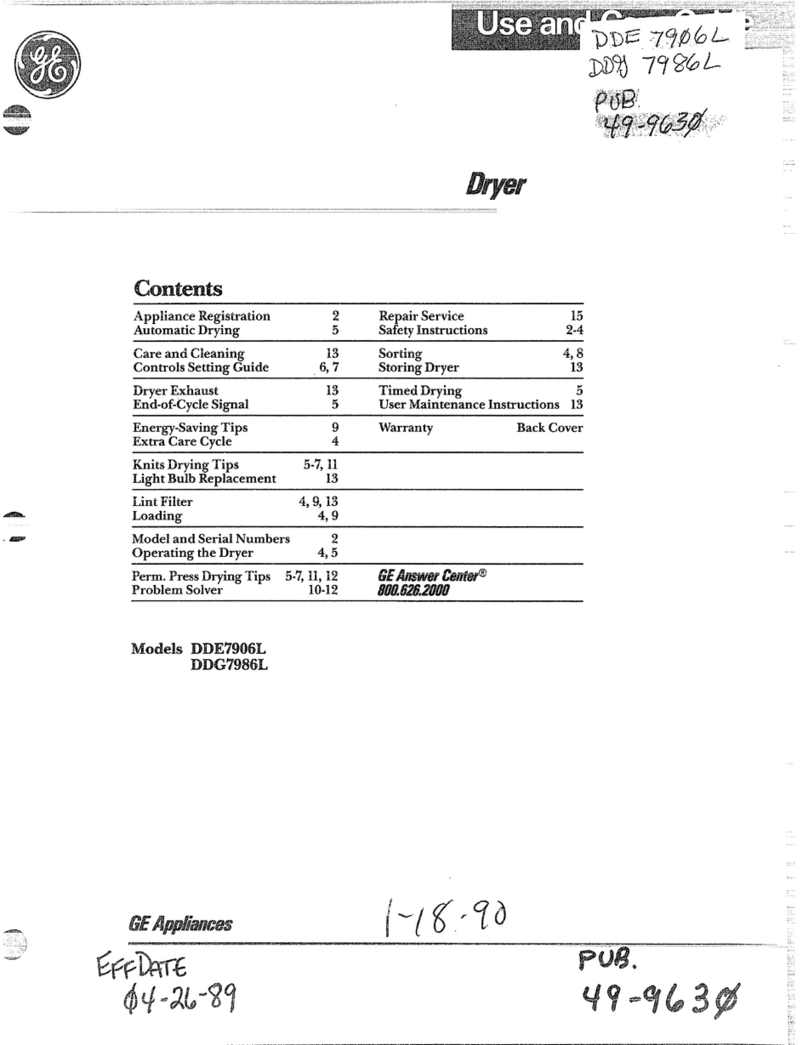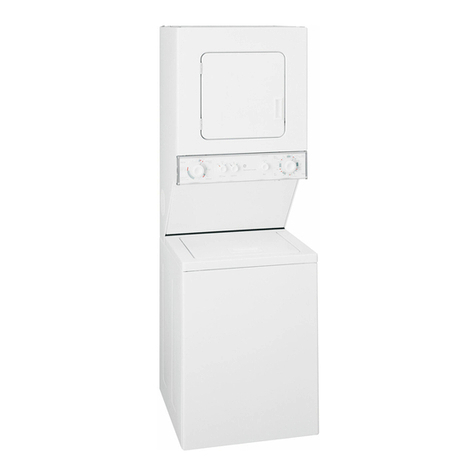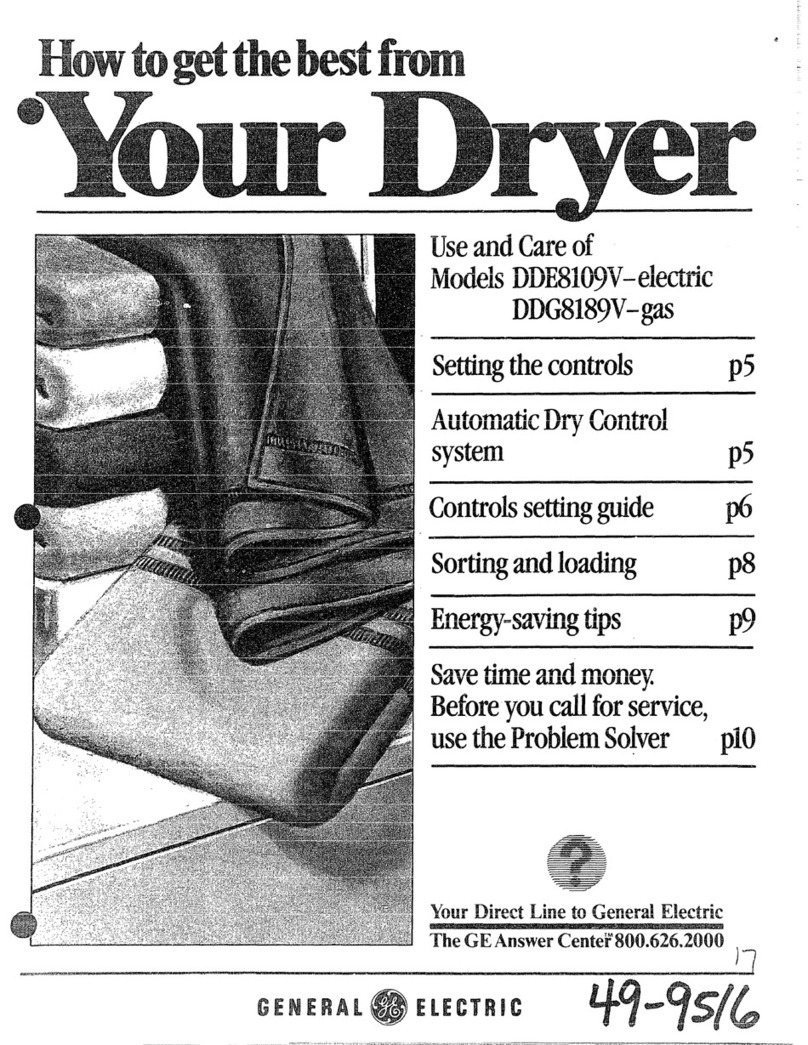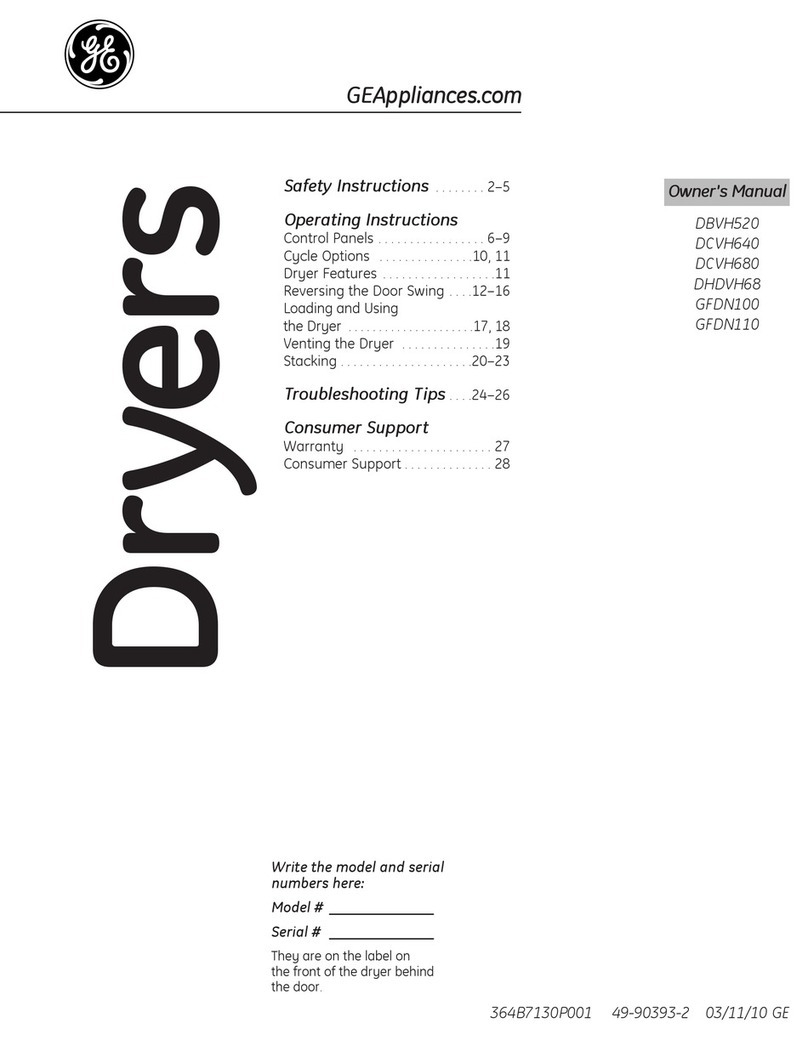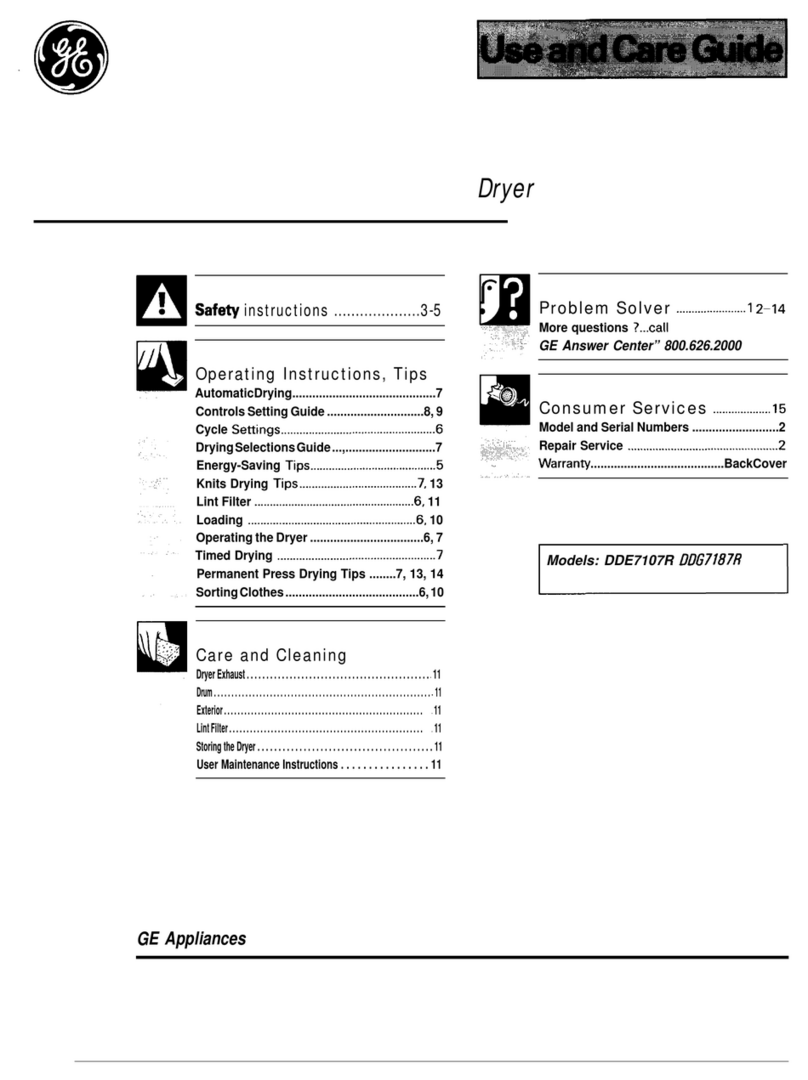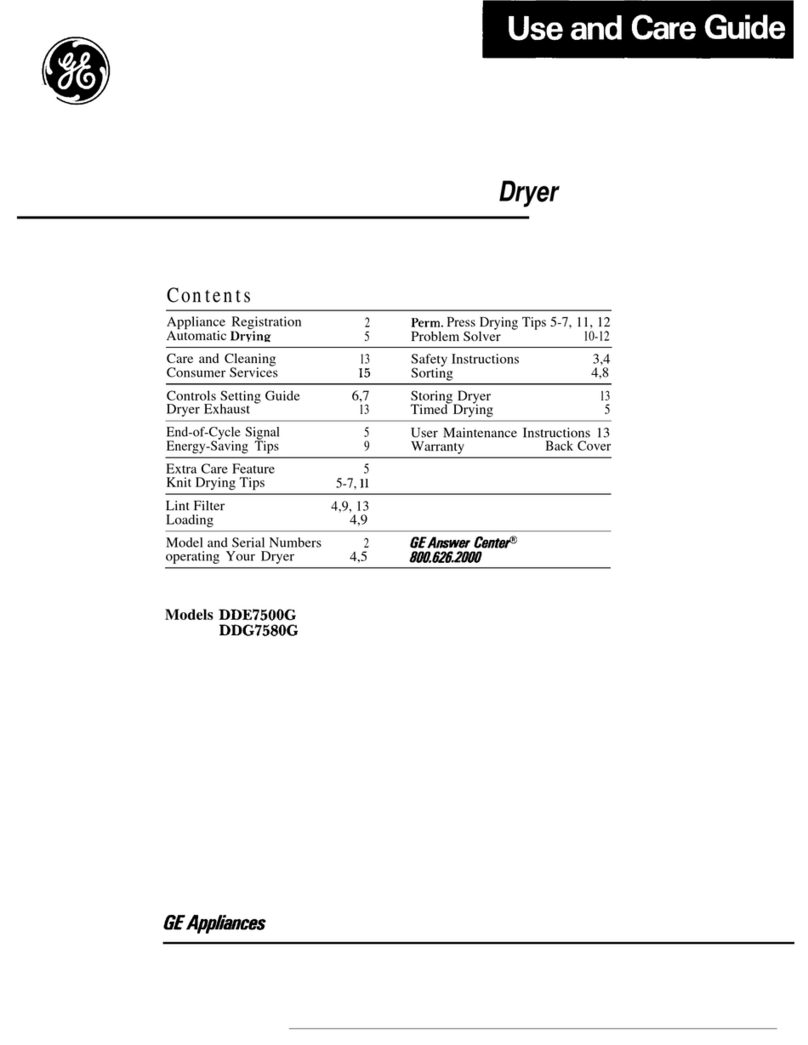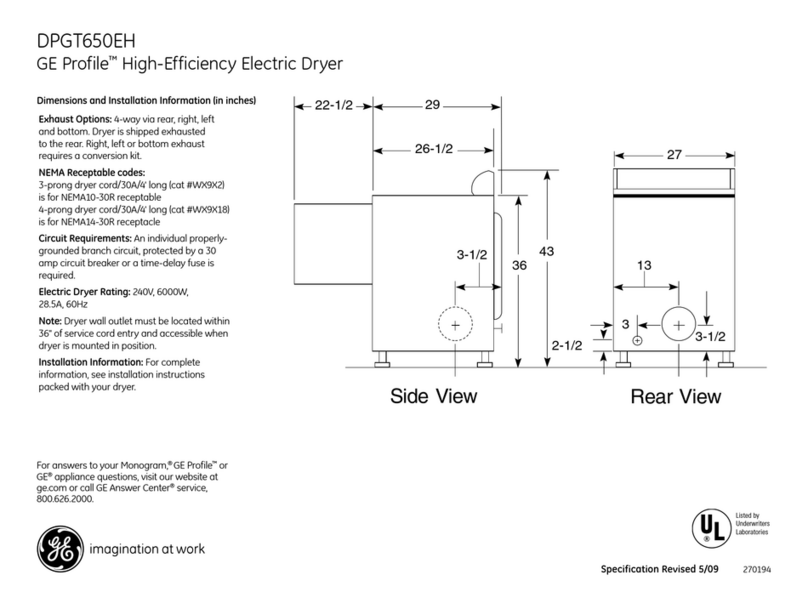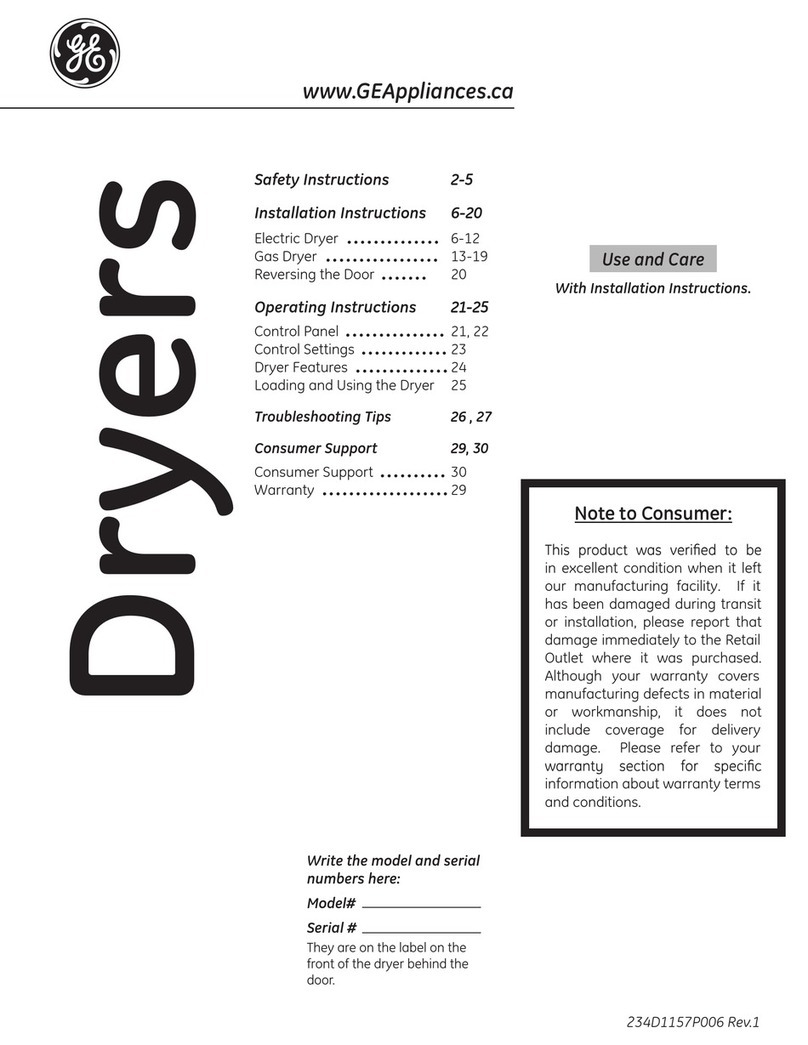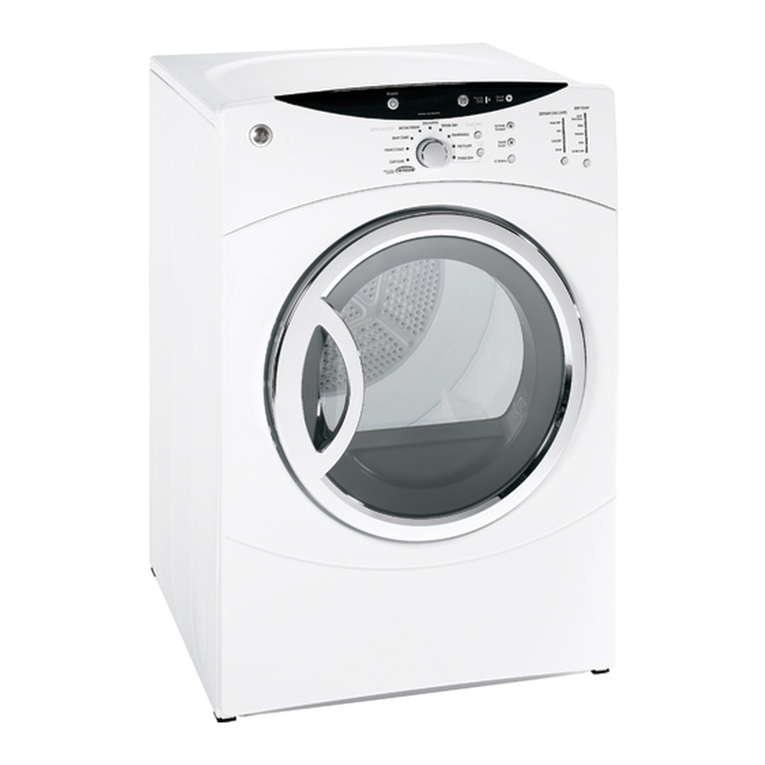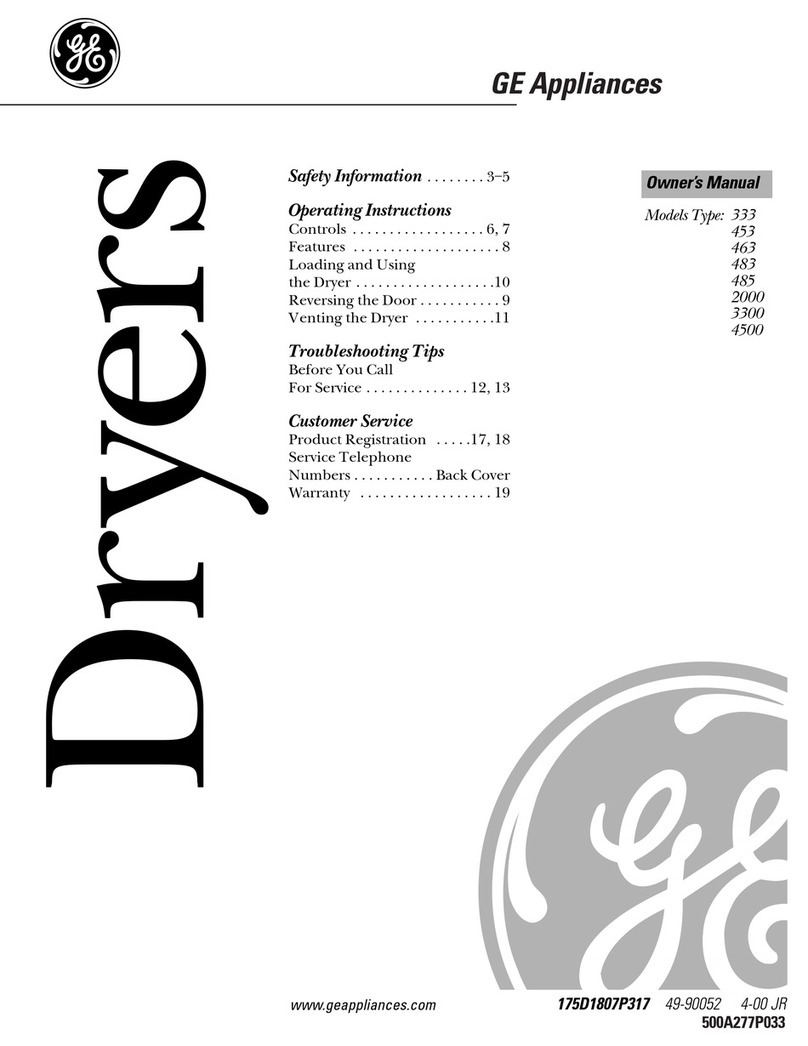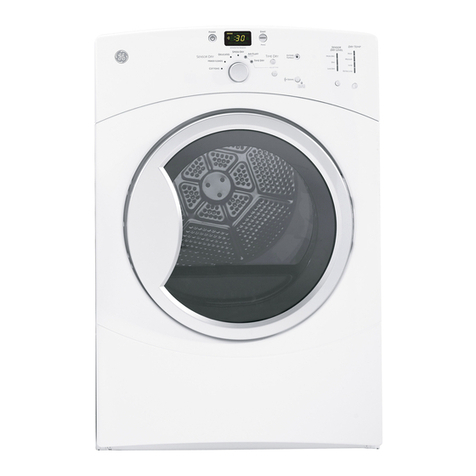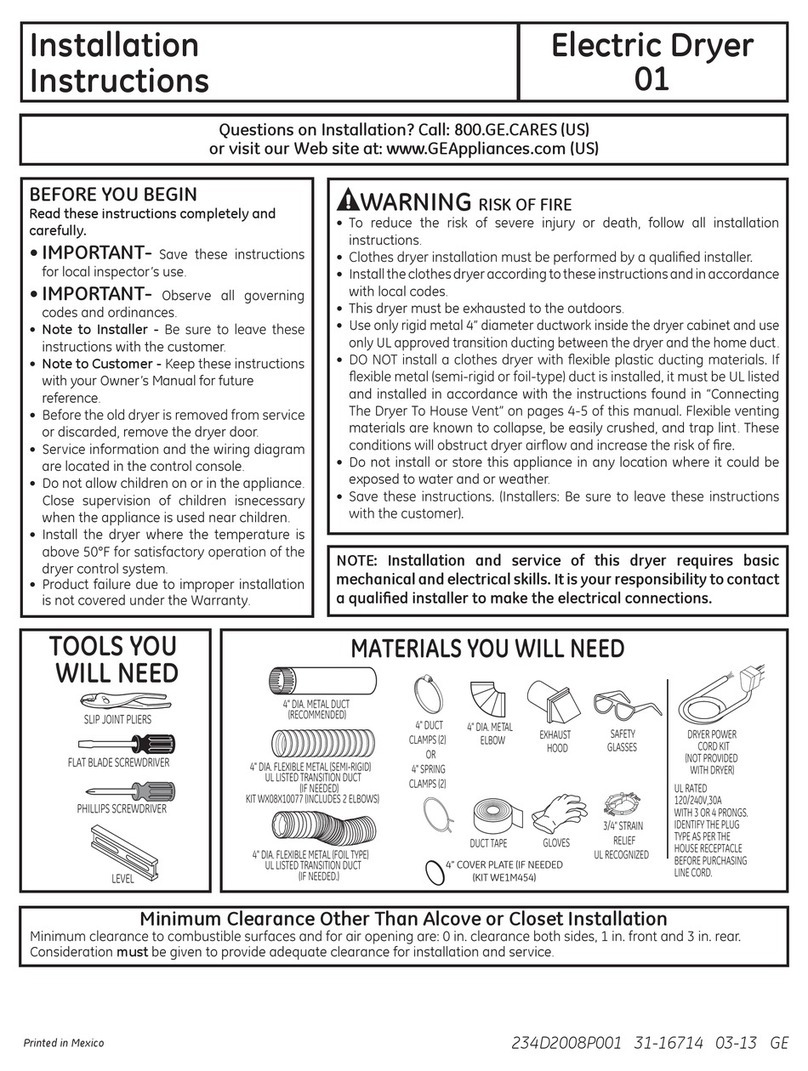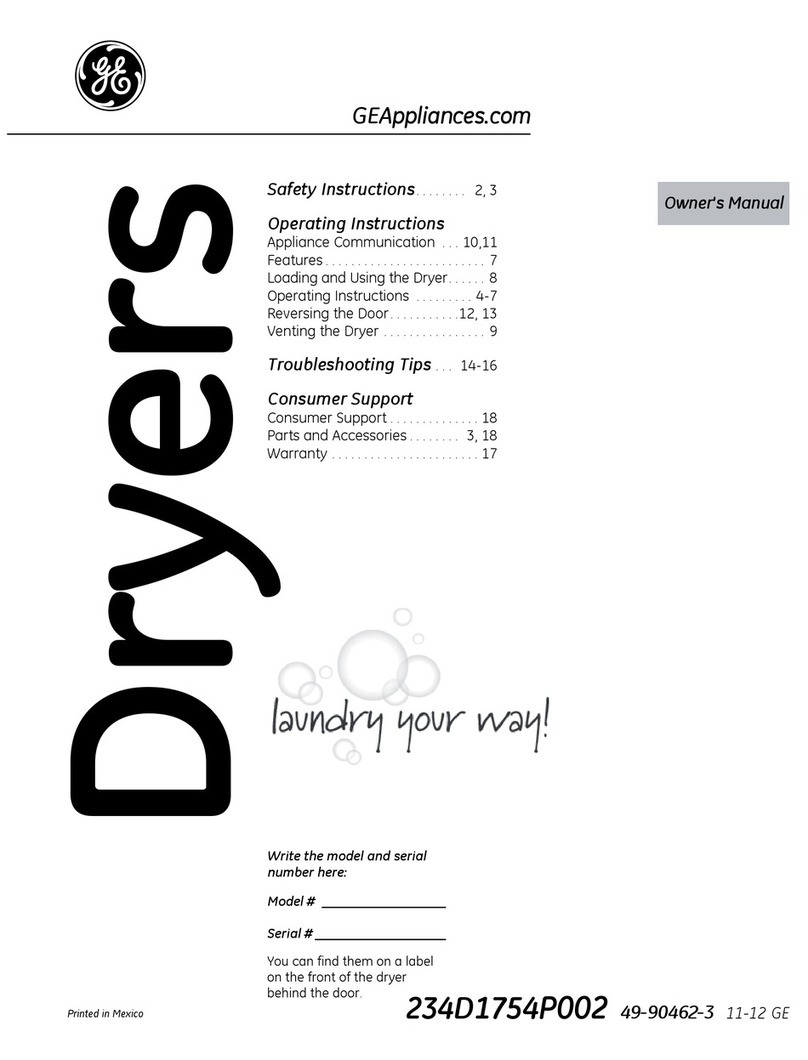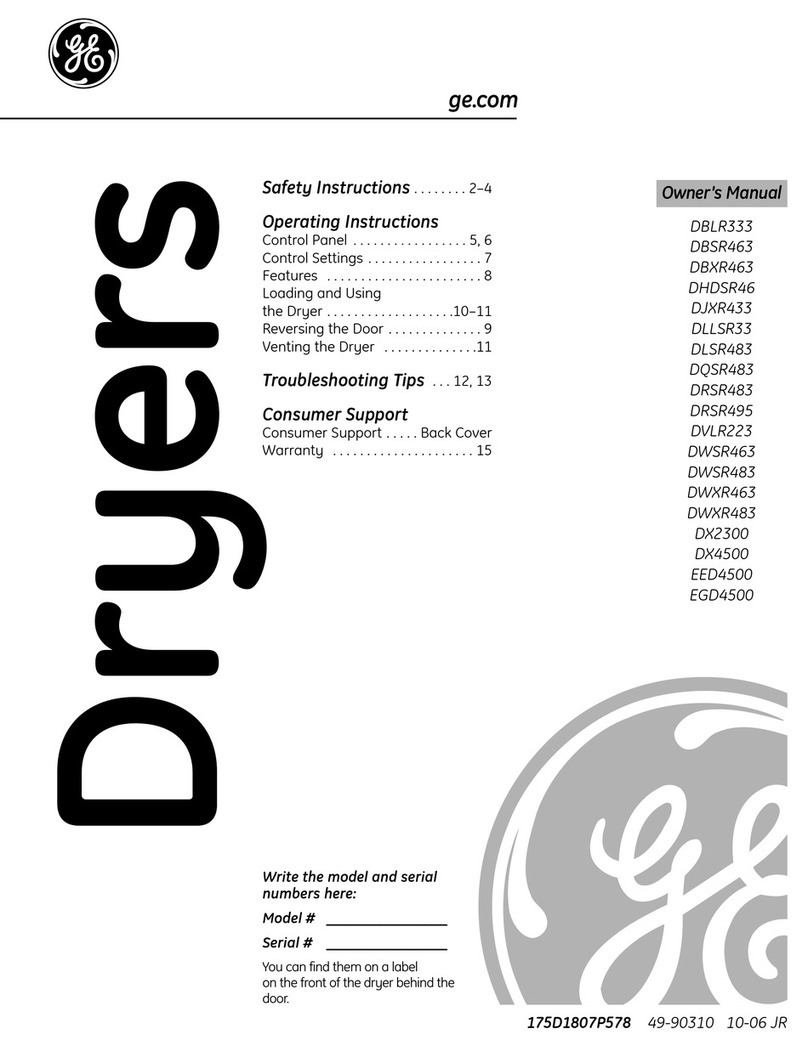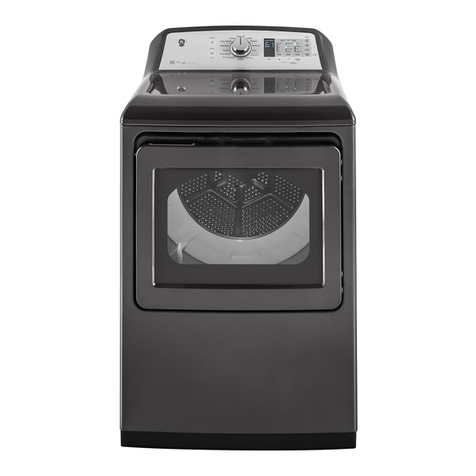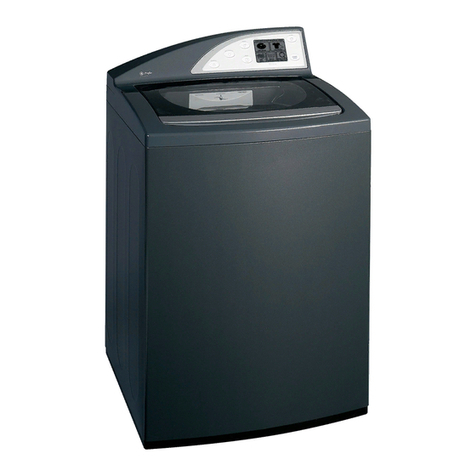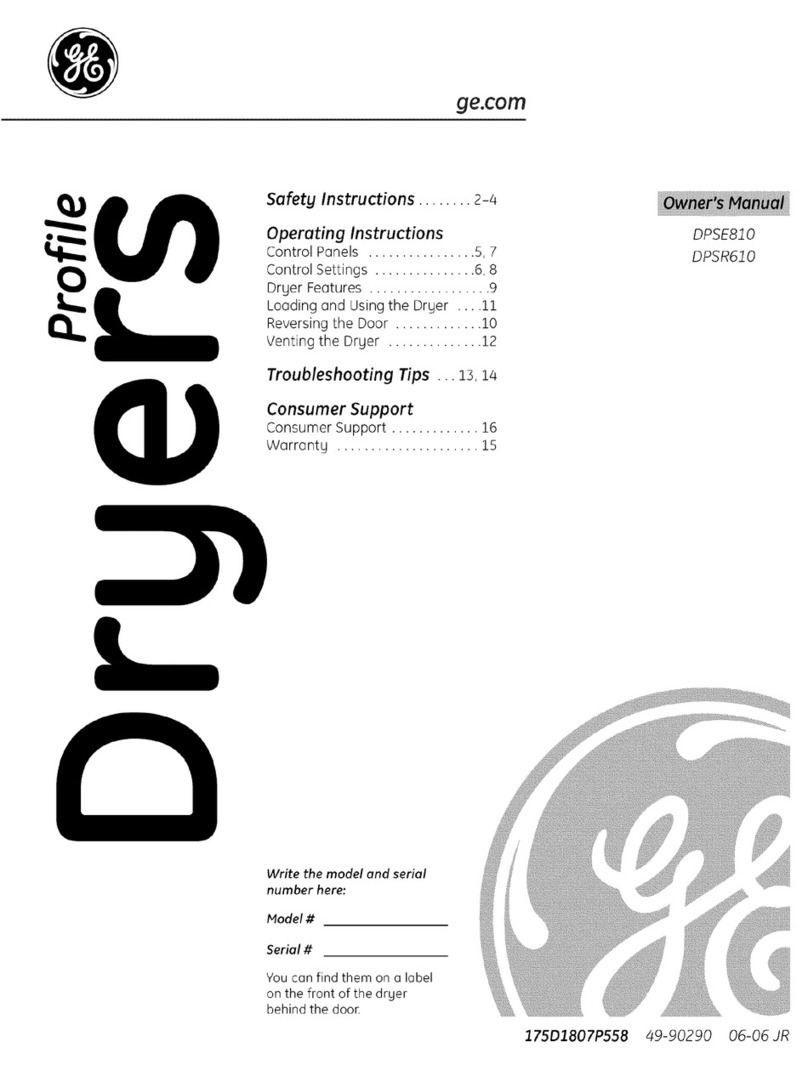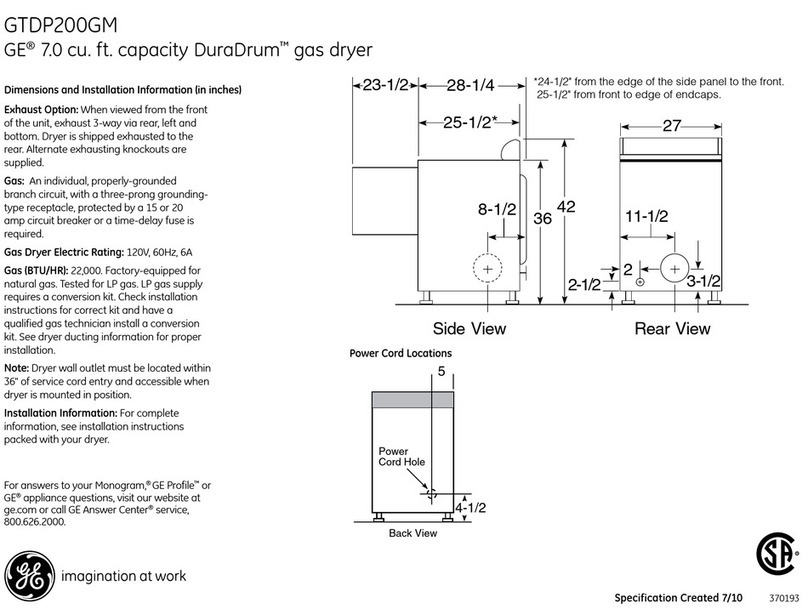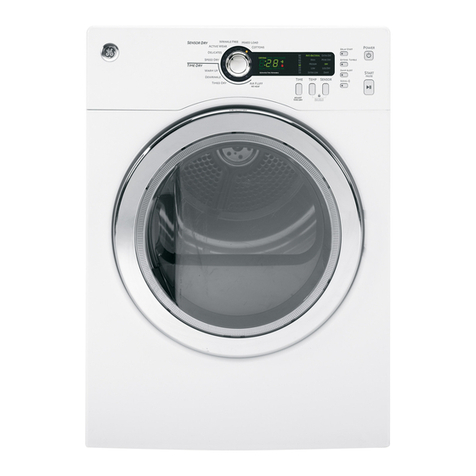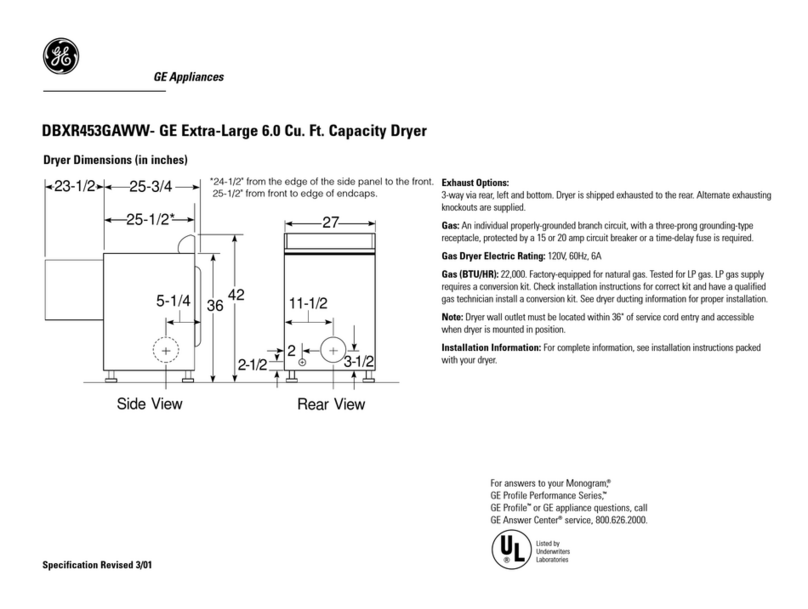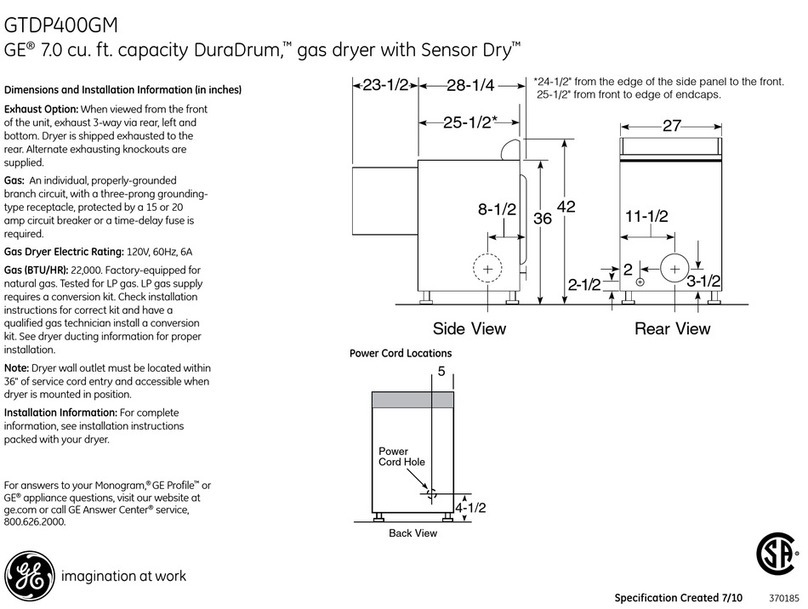
– 3 –
Table of Contents
Air Duct Assembly ............................................................................................................................................................14
Belt Switch............................................................................................................................................................................18
Blower Motor ......................................................................................................................................................................19
Blower Wheel......................................................................................................................................................................21
Burner Assembly and LP Conversion......................................................................................................................25
Component Locator Views........................................................................................................................................... 8
Control Board Assembly ...............................................................................................................................................33
Control Features............................................................................................................................................................... 6
Control Panel.......................................................................................................................................................................12
Display Board.....................................................................................................................................................................34
Door Switch ......................................................................................................................................................................... 15
Drive Belt...............................................................................................................................................................................16
Drum.......................................................................................................................................................................................17
Drum Motor.........................................................................................................................................................................18
Drum Shaft and Bearing................................................................................................................................................17
Drum Slide Assembly......................................................................................................................................................14
Dryer Components...........................................................................................................................................................12
Dual Idler Assembly.........................................................................................................................................................17
Error Codes .......................................................................................................................................................................... 43
Flame Detector ..................................................................................................................................................................27
Front Panel...........................................................................................................................................................................13
Gas Valve..............................................................................................................................................................................26
Gas Valve Coils...................................................................................................................................................................25
Heater Assembly...............................................................................................................................................................22
High Limit Thermostat....................................................................................................................................................31
Ignitor.....................................................................................................................................................................................27
Ignitor Circuit Operation................................................................................................................................................28
Inlet Control Thermistor.................................................................................................................................................30
Inlet Safety Thermostat.................................................................................................................................................30
Introduction......................................................................................................................................................................... 5
Moisture Sensor ................................................................................................................................................................15
Nomenclature .................................................................................................................................................................... 4
Outlet Control Backup Thermostat...........................................................................................................................32
Outlet Control Thermistor .............................................................................................................................................31
Power Board........................................................................................................................................................................33
Power Board Connector Locator View....................................................................................................................10
Rack Dry Calrod®Element ...........................................................................................................................................29
Rack Dry Thermostat......................................................................................................................................................32
Schematics and Wiring Diagrams............................................................................................................................46
Service Test Mode.............................................................................................................................................................39
Steam Components.........................................................................................................................................................35
Steam Generator Assembly.........................................................................................................................................35
Steam Interlock Relay.....................................................................................................................................................37
Top Panel ..............................................................................................................................................................................13
Triac.........................................................................................................................................................................................22
Troubleshooting ................................................................................................................................................................39
Warranty ..............................................................................................................................................................................50
Water Fill Timer..................................................................................................................................................................38
Water Valve.........................................................................................................................................................................37
